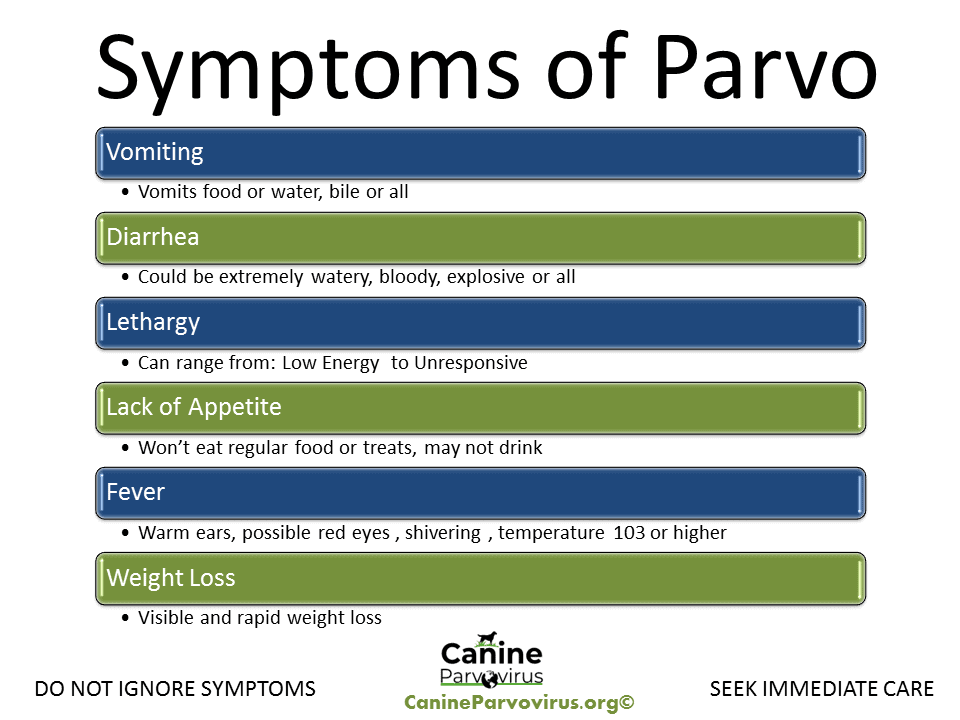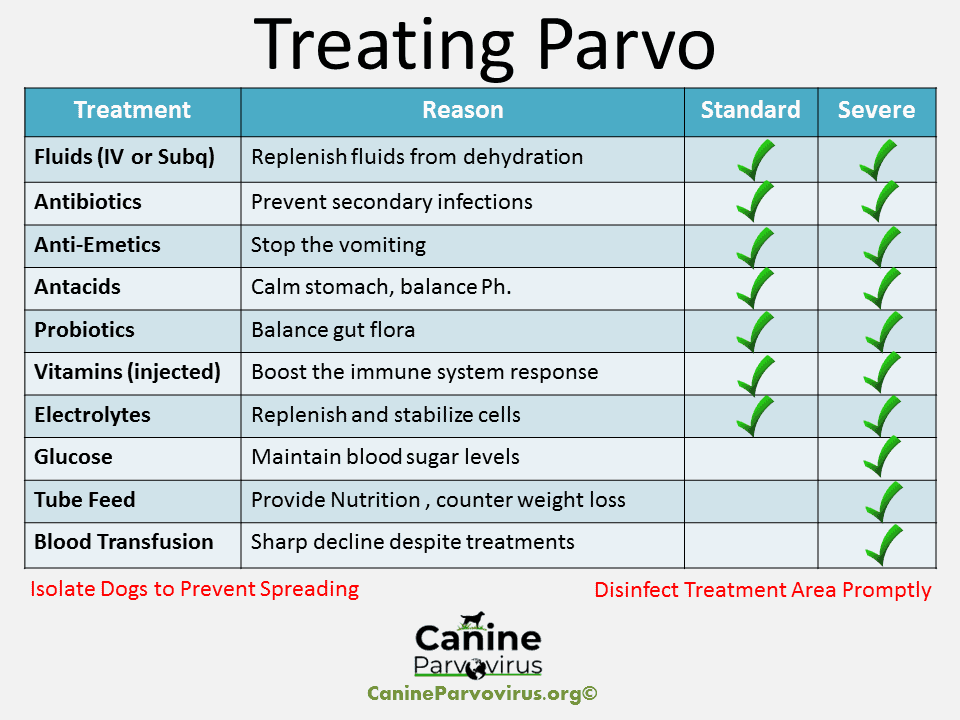Discover essential information about canine parvovirus symptoms in dogs—early warning signs and effective treatments for this deadly disease.

Introduction
Canine parvovirus (CPV) is one of the most dangerous threats to your dog’s health—a highly contagious disease that can strike with devastating speed. This potentially fatal illness primarily affects puppies and unvaccinated dogs, but awareness is essential for every pet owner. Early detection can make the difference between life and death when it comes to parvovirus in dogs. In this comprehensive guide, we’ll walk through everything you need to know about recognizing canine parvovirus symptoms in dogs, understanding treatment options, and implementing critical prevention strategies to keep your furry family member safe.
What is Parvovirus in Dogs?
Canine parvovirus is an extremely resilient viral infection that attacks rapidly dividing cells in a dog’s body, particularly those in the intestinal tract. The virus spreads through direct contact with infected dogs or their feces, and can also be transmitted via contaminated objects like food bowls, leashes, collars, and even the hands and clothing of people who handle infected dogs.
What makes parvovirus in dogs particularly dangerous is its durability—it can survive in the environment for months or even years under the right conditions. Puppies between six weeks and six months old are most vulnerable, as they have immature immune systems and may not have completed their vaccination series. Unvaccinated dogs of any age are also at significant risk. According to the American Veterinary Medical Association (AVMA), certain breeds like Rottweilers, Doberman Pinschers, and German Shepherds may be more susceptible to parvovirus infection.
Common Symptoms of Canine Parvovirus

Recognizing canine parvovirus symptoms in dogs quickly can save your pet’s life. Watch for:
- Lethargy and weakness: Your normally active dog may become unusually tired and reluctant to move, play, or engage in regular activities.
- Severe vomiting and diarrhea: Perhaps the most telltale sign is persistent, often bloody diarrhea with a distinctively foul odor. Vomiting typically accompanies this symptom.
- Loss of appetite and rapid weight loss: Infected dogs usually refuse food and can lose weight alarmingly fast.
- Fever or low body temperature: In early stages, dogs may develop a fever, but as the disease progresses, their temperature may drop dangerously low.
- Dehydration and potential shock: Look for sunken eyes, dry gums, and skin that doesn’t snap back when gently pulled. In severe cases, dogs may go into shock due to dehydration and sepsis.
If you notice any combination of these canine parvovirus symptoms in dogs, especially in a puppy or unvaccinated dog, contact your veterinarian immediately.
How is Parvovirus Diagnosed?
Veterinarians play a crucial role in diagnosing parvovirus in dogs. When you bring in a dog with suspicious symptoms, your vet will likely perform several tests:
The ELISA (enzyme-linked immunosorbent assay) test is the most common diagnostic tool, providing quick results from a fecal sample right in the clinic. PCR (polymerase chain reaction) testing may be used in some cases for more definitive results. Additionally, blood tests help assess the severity of the infection and your dog’s overall condition.
Early diagnosis is absolutely critical for survival. The sooner treatment begins, the better chance your dog has of recovering from this dangerous disease. Don’t wait to see if symptoms improve—parvovirus progresses rapidly, and delays in treatment significantly reduce survival rates.
Treatment for Parvovirus in Dogs

There is no specific cure for parvovirus in dogs—treatment focuses on supporting your dog’s system while their immune response fights the virus. The standard approach includes:
- Hospitalization: Most infected dogs require intensive care in a veterinary hospital, often for 5-7 days. This allows for round-the-clock monitoring and treatment.
- IV fluids and electrolyte therapy: Aggressive fluid therapy is essential to combat severe dehydration caused by vomiting and diarrhea. This is often the most critical aspect of treatment.
- Medications: Your veterinarian may prescribe anti-nausea medications, antibiotics to prevent secondary infections, and pain management drugs to keep your dog comfortable.
- Nutritional support: As the dog begins to recover, carefully monitored nutrition helps rebuild strength. This might involve special feeding tubes initially if the dog cannot eat.
With prompt, intensive veterinary care, survival rates for parvovirus in dogs can reach 80-90%. However, without proper treatment, the mortality rate is devastatingly high, particularly for puppies.
How to Prevent Parvovirus in Dogs
Prevention is always better than treatment when it comes to canine parvovirus symptoms in dogs. Here are the key strategies every dog owner should implement:
- Vaccination: The parvovirus vaccine is incredibly effective and is considered a core vaccine for all dogs. Puppies typically receive a series of shots starting at 6-8 weeks of age, with boosters every 3-4 weeks until they’re about 16 weeks old. Adult dogs need regular boosters according to your veterinarian’s recommendation.
- Proper hygiene: Regularly clean and disinfect your dog’s living space, food bowls, toys, and bedding. Bleach solution (1:30 dilution) is one of the few effective disinfectants against parvovirus.
- Social distancing: Until puppies have completed their full vaccination series, avoid dog parks, pet stores, and other areas frequented by unknown dogs. Even your backyard can be risky if unvaccinated dogs have visited.
- Deworming and regular vet visits: Keeping your dog free from parasites and maintaining regular veterinary check-ups helps ensure their immune system is strong enough to fight potential infections.
Parvovirus in Dogs: FAQs
- Can humans get parvovirus from dogs? No, canine parvovirus does not infect humans. However, humans can carry the virus on their hands and clothing, potentially spreading it between dogs.
- How long does parvovirus stay in the environment? Parvovirus is extremely hardy and can survive in soil and surfaces for months or even years if not properly disinfected.
- What is the survival rate for infected dogs? With prompt, intensive veterinary treatment, 80-90% of dogs can survive. Without treatment, the mortality rate can exceed 90%, especially in puppies.
- Can a vaccinated dog still get parvo? While rare, it is possible for vaccinated dogs to contract parvovirus, particularly if they haven’t completed the full vaccination series or if their immune system is compromised. However, vaccinated dogs typically experience much milder symptoms if infected.
Final Thoughts
Canine parvovirus symptoms in dogs remain one of the most serious threats to canine health, but with proper knowledge and preventive measures, you can protect your beloved pet. Early detection and immediate veterinary care dramatically improve survival rates, while vaccination remains the most effective prevention strategy.
Don’t take chances with your dog’s health—if you haven’t already, schedule a vet visit today to ensure your pup is properly protected against parvovirus. Remember that staying vigilant and maintaining regular veterinary care is the best gift you can give your four-legged family member.
Protect your pup—schedule a vet visit today!
Visit https://canineparvovirus.org for further information.
Relates articles:
Leptospirosis in Dogs: Causes, Symptoms, Treatment, and Prevention
DISCLAIMER: I am not a veterinary or medical professional. The information provided in this article is for educational purposes only and should not replace professional veterinary advice. If you suspect your dog has parvovirus or any other health condition, please seek immediate veterinary care. Always consult with a licensed veterinarian regarding the health and treatment of your pet.